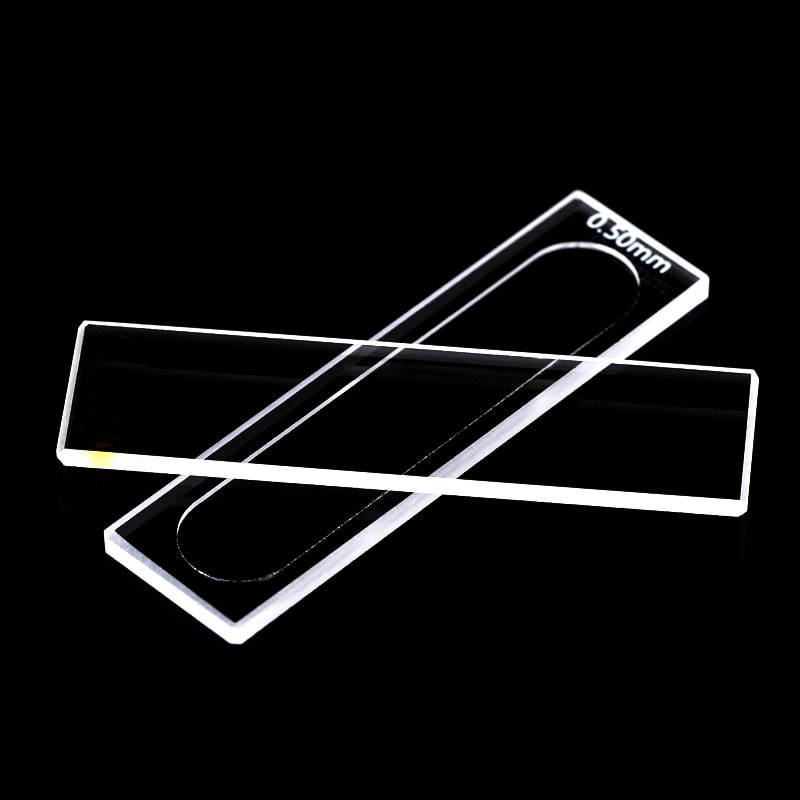Spectrophotometry, which uncovers the mechanisms behind light transmission and absorption at specific wavelengths, is an important method for scientific discovery. Cuvettes are the vessels at the center, which holds samples to be analyzed. They may seem basic, but their complex, from cuvette’s length to the material selection are the key to unlocking accurate data on the substance’s concentration and purity. Explore this fascinating realm of cuvettes and the dimensions they take. They impact the outcomes of all research.
The Power of Cuvette Path Length
Imagine the light beam that passes through a liquid. The outcome is dependent on the length of the cuvette, or the distance the light travels. For many labs, a cuvette of 1 cm in length is the best as it provides a balance between sensitivity as well as practicality. What’s the reason? The longer the path, the more light gets absorption and amplifies the signal in weak samples. For concentrated solutions, such as the nucleic acid or protein, a shorter path length can be a game changer. This can reduce dilution, and also preserve precious samples, while also making preparation faster. What’s the primary takeaway from this? It’s a fine art to match the length of the path to sample needs. This increases the accuracy.

Image credit: cuvet.co
Cuvette Dimensions and Size The Cuvette Dimensions and Size is More than you think
It’s not only about the volume of liquid you can fit inside the vessel, it’s important to consider how the vessel interacts the spectrophotometer. Cuvettes come in a array of sizes and shapes which are suited to particular requirements. Semi-micro cuvettes are an example, with their smaller dimensions and thicker wall thicknesses, are made to hold tiny amounts of sample. Think a couple of nanoliters or an uncommon biological extraction. The thicker walls reduce the area inside and allow light to flow through without losing any drops. When comparing this to cuvettes and the result is striking with fewer pipetting steps, fewer errors, and results that last. This is a smart tweak that makes it clear that size isn’t just an quantity, but a strategy.
The 1 cm length of the Path Cube A Lab Favourite
Why does a 1 cm path length cuvette dominate in so many studies? It’s the ideal size for biological tests, as the samples are scarce and every milliliter is worth a lot. This traditional design provides regular absorbance readings, without overloading the detector, making it perfect for everything from DNA purity checks to enzyme assays. It’s not the hero that fits all. You can swap it for one with a different length of path or shape, such as one intended for emission studies and the results could skew dramatically. Precision hinges on picking the correct tool, not just the most well-known one. An instrument that’s not matched to a cuvette that’s not right for the job.
Material Matters Beyond Path and Size
Cuvette dimensions tell only half the story material choice seals the deal. Quartz and glass cuvettes are renowned for their exceptional rate of light transmission. They’re durable and reuseable. They are therefore ideal for spectroscopy. On the other hand plastic cuvettes can bring value and convenience to the table. Use and throw away. No need to clean and there is no chance of cross-contamination. They’re great to conduct quick DNA or tests for RNA, and an aqueous solution. What’s the price to pay? The trade-off? It’s a classic instance of objectively dictating the preference for quartz for the purist, plastic for the pragmatist.
Accuracy in Practice
The great thing about cuvettes is in their versatility. Shorter lengths of path options with spacers handle concentrated samples with finesse, while larger vessels can handle bigger amounts. Any choice in length, size and material affects the test which affects the clarity of the outcomes. The lab is measuring the rare protein. A semi-microcuvette that has a short pathway can be able to avoid the dilution issues and produce precise results in a short time. Compare that to a slow change of cuvettes during the experiment, and the data is skewed. It’s a reminder that in spectrophotometry, the smallest details wield the biggest impact.
Cuvettes might be small, but their role is mighty. Cuvettes come in various sizes, from the cuvette with a 1 cm length path to ones that are custom made. They bridge the gap that exists between the sample and the insight. If you’re after quality or precision, the right cuvette can turn a poor measure into an excellent one.